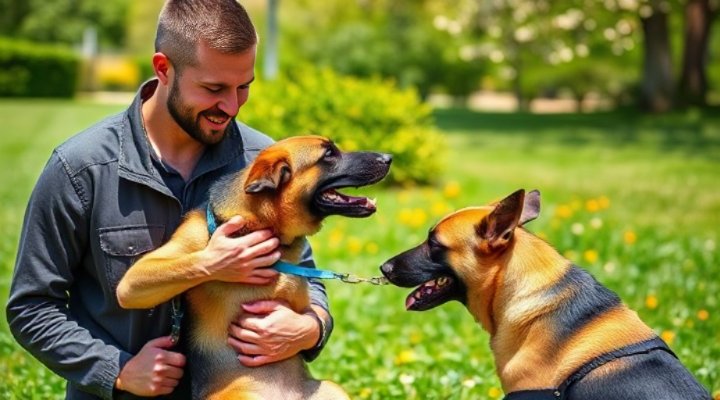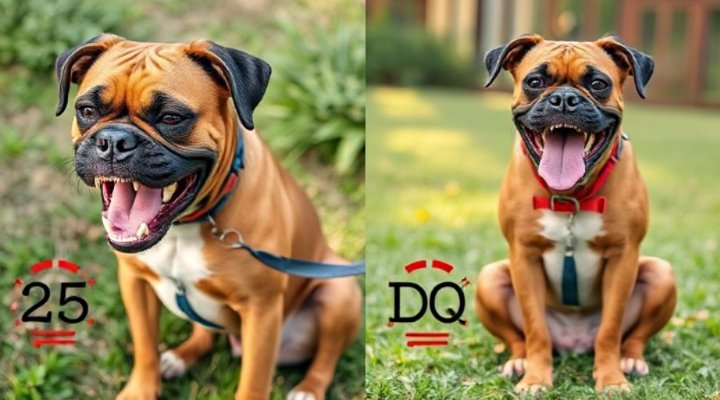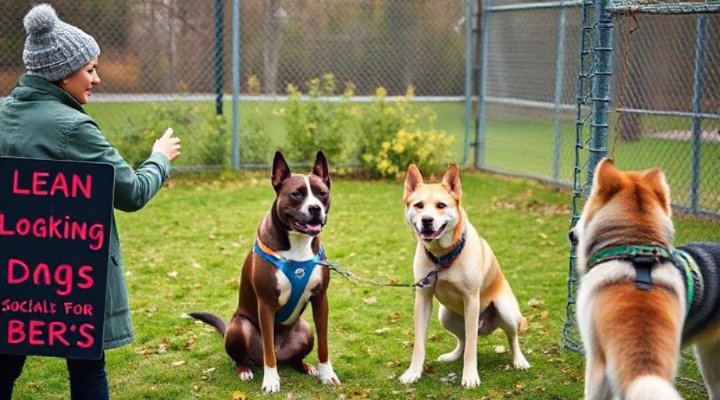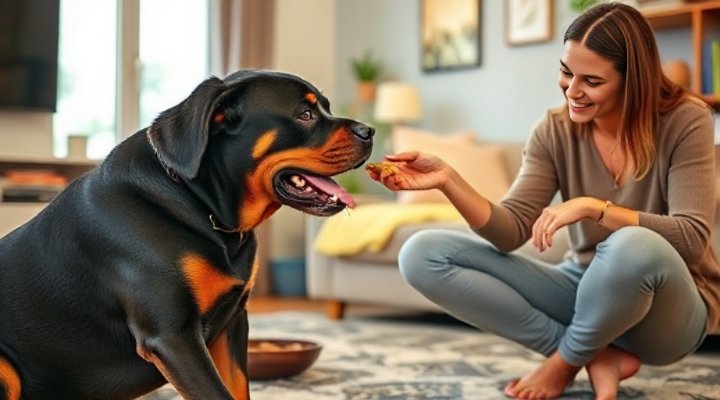Dealing with an aggressive dog can be challenging and stressful for any pet owner. However, with the right aggressive dog training programs, even the most difficult cases can show remarkable improvement. In this comprehensive guide, we’ll explore proven methods to transform your pet’s behavior and strengthen your bond.

Understanding Dog Aggression: The First Step in Training
Before beginning any aggressive dog training program, it’s crucial to understand the root causes of your pet’s behavior. Aggression can stem from fear, territorial instincts, pain, or lack of socialization. For instance, my neighbor’s German Shepherd showed food aggression until we identified it was due to resource guarding from his previous home.
Common types of aggression include:
- Fear-based aggression
- Territorial aggression
- Possessive aggression
- Leash aggression
- Predatory aggression

Professional Aggressive Dog Training Programs That Work
Structured aggressive dog training programs typically follow these effective steps:
- Assessment: A professional evaluates your dog’s specific triggers and behavior patterns
- Desensitization: Gradual exposure to triggers in controlled environments
- Counter-conditioning: Changing your dog’s emotional response to triggers
- Obedience training: Building reliable commands as discussed in our comprehensive obedience guide
- Socialization: Safe exposure to other dogs and people
Many owners see significant improvement within 4-6 weeks of consistent training. However, severe cases may require longer-term programs.

Essential Techniques for Aggressive Dog Training at Home
While professional help is invaluable, these home techniques can support your dog’s training:
- Positive reinforcement: Reward calm behavior immediately with treats or praise
- Time-outs: Remove your dog from stimulating situations before aggression escalates
- Management tools: Use baby gates, muzzles, or leashes to prevent rehearsal of bad behavior
- Consistency: All family members must follow the same rules
Remember, punishment often worsens aggression. Instead, focus on redirecting to positive behaviors as we emphasize in our positive reinforcement guide.

When to Seek Professional Help for Aggressive Dog Training
While many cases can be managed at home, consult a professional if your dog:
- Has bitten someone causing injury
- Shows unpredictable aggression
- Doesn’t respond to basic training
- Makes you feel unsafe
Many aggressive dog training programs offer customized solutions, from private sessions to structured group classes for socializing reactive dogs.
Maintaining Progress After Aggressive Dog Training
Training isn’t a one-time event but an ongoing process. To maintain results:
- Practice commands daily
- Continue socialization opportunities
- Monitor for regression
- Attend refresher courses as needed
With patience and proper aggressive dog training programs, even challenging cases can become loving family companions. The journey may be tough, but the reward of a happy, well-adjusted pet is priceless.
Related Keywords: dog aggression solutions, professional dog training, behavior modification for dogs, reactive dog training, canine obedience programs
